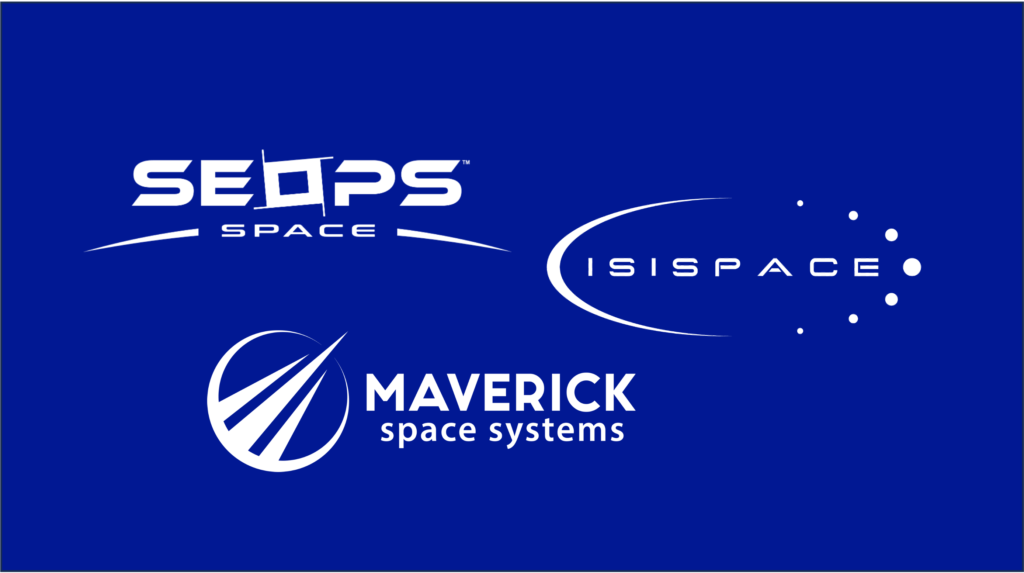Insider Brief:
- Redwire Corportation’s Roll-Out Solar Array (ROSA) technology is being used by Astrobotic Technology for its Lunar Vertical Solar Array.
- Redwire‘s ROSA technology is compact, modular and scalable.
- The system will have dual motors to allow for expanded operations on the moon by establishing the capability to extend and retract the ROSA multiple times during the system’s lifetime.
PRESS RELEASE — Jacksonville, Florida / March 1, 2023 — Redwire Corporation (NYSE:RDW), a leader in space infrastructure for the next generation space economy, announced that its Roll-Out Solar Array (ROSA) technology is being used by Astrobotic Technology for its Lunar Vertical Solar Array (VSAT) program. Astrobotic was awarded a contract from NASA in 2021 to create initial designs for vertical solar array technologies and a follow-on contract in 2022 to further advance VSAT systems.
“We are proud to be supporting Astrobotic with our groundbreaking ROSA technology for their VSAT program,” said Adam Biskner, Executive Vice President of Redwire. “With this new application of ROSA technology, Redwire is continuing to provide next generation lunar infrastructure solutions for critical lunar activities, which will enable new scientific discovery, long-term operations, and humanity’s permanent presence on the Moon.”
“Astrobotic’s VSAT system is the foundation of our future lunar power and infrastructure aspirations. Our VSAT is mobile, can be flown to the Moon on a single lunar lander, and leverages highly mature components, such as Redwire’s ROSA. The ROSA system’s proven legacy is a win for the program,” said John Landreneau, Project Manager of the Astrobotic VSAT Program.
Redwire’s ROSA system for Astrobotic will be a new use case for flight-proven ROSA technology. It will have dual motors to allow for expanded operations on the Moon by establishing the capability to extend and retract the ROSA multiple times over the lifetime of the system. The system will also deploy and retract vertically on the lunar surface.
To help provide power for the various activities on the lunar surface as part of the Artemis program and beyond, NASA requires vertical solar arrays that can autonomously deploy at least 32 feet high and retract for relocation if necessary. Through VSAT, ROSA will be a key enabler of sustainable and reliable power to support critical lunar surface activities and infrastructure, including lunar habitats, rovers, and construction systems.
Redwire‘s ROSA technology is compact, modular and scalable, making it a foundational building block for a variety of missions requiring dependable, flexible and reliable power solutions in space. ROSA is a flexible solar array with composite booms that are rolled up. When installed, each ROSA unit unrolls using the inherent stored strain energy in the booms, giving ROSA an advantage over other traditional technologies.
As of December 31, 2022, two pairs of International Space Station (ISS) ROSAs are augmenting power on the ISS. In September, ROSA technology powered NASA’s DART spacecraft to impact asteroid Dimorphos, successfully altering the asteroid’s orbit. Redwire is also producing various versions of ROSA for other government and commercial spaceflight applications including the Power and Propulsion Element for NASA’s Gateway program, a part of the agency’s Artemis program, and the Ovzon 3 geostationary orbit spacecraft, which are both being built by Maxar.
Contact Information:
Media Contact:
Tere Riley
[email protected]
321-831-0134
OR
Investors:
[email protected]
904-425-1431
SOURCE: Redwire Space
Featured image: Redwire Corportation’s Roll-Out Solar Array (ROSA) technology is being used by Astrobotic Technology for its Lunar Vertical Solar Array. Credit: Astrobotic
If you found this article to be informative, you can explore more current space industry news, exclusives, interviews, and podcasts.
Share this article:











